The pros and cons of electric cars
Choosing a new car is hard, and it’s even harder if you’re deciding between a traditional gas-powered car or an electric car like the Nissan NSANY, +0.15% Leaf, Hyundai HYMTF, -0.03% Kona, or Tesla Model S.
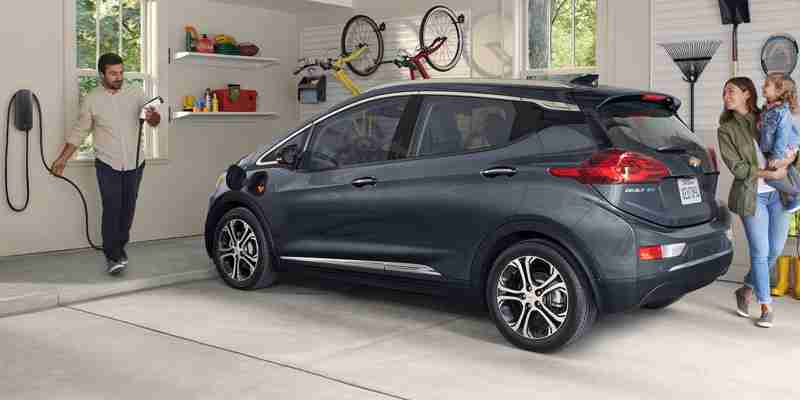
So check out our pros and cons of electric vehicle ownership to help you make an informed decision before you sign the papers for your next car.
Benefits
No gas
The biggest benefit of electric cars is obvious — you no longer need gas. That’s a big deal since the average American spends between $2,000 and $4,000 on gas every year. With fully electric cars such as the Nissan Leaf, that cost is eliminated — though electricity isn’t free. A plug-in hybrid, or PHEV, can eliminate a portion of your gas bill, as well, but it still uses a gasoline engine as a range extender.
Low-maintenance
Beyond the fuel-saving benefit, EVs offer another major cost savings on maintenance. Since an EV is fully electric, it doesn’t require oil to lubricate an engine. That means oil changes become a thing of the past. The same is true for a lot of other expensive engine work that could afflict a gas-powered car. Brakes won’t wear as quickly, either, so you won’t need to replace pads as often as you do on a normal car.
For electric cars, you’ll find substantial savings from the federal government’s mandate that manufacturers offer a minimum of an 8-year/100,000-mile warranty on EV batteries. Some manufacturers offer even more protection, such as the lifetime battery warranty on the Hyundai Kona EV. For the Kona, the manufacturer also pays the maintenance cost for the first three years or 36,000 miles with the electric models (and gas-powered ones, too).
Tax credits and incentives
Electric vehicles aren’t just less costly to own in terms of maintenance. They can come with federal tax credits and other state and local incentives. The Mini Cooper SE, for example, starts around $30,000 — no small number until you factor in the $7,500 federal tax credit. Many states offer electric car incentives, as well. As a result, the $30,000 Mini Cooper SE can easily get below $20,000. Leasing an electric car can be enticing, too. Some leasing companies take the tax credit and pass on the savings to the driver. If not, use it as a negotiating point when buying a car.
See: These are the 10 bestselling EVs
Reducing your carbon footprint
Of course, there’s another major benefit to owning an electric car. For many drivers, just knowing that they’re doing their part to save the planet will be reason enough to leap into an EV.
Read: Here are all of your choices of EVs, and which have the best safety features
Drawbacks
Range
The main hurdle of electric car ownership concerns ranges and the anxiety that you’ll run out of juice when you’re nowhere near a charging station. However, as battery technology improves, so will range, and those challenges begin to fade. According to reports, Toyota TM, -1.47% plans to unveil a solid-state battery with a 600-mile range any day.
Until then, here’s a few examples of what you can expect to get out of a longer-range battery. According to the Environmental Protection Agency, for the 2021 Nissan Leaf Plus with its 62 kWh battery, its range reaches an estimated 226 miles. For most drivers, that’s more than enough range to get around, but many will require a second car if only to calm their nerves.
Tesla TSLA, -1.44% cars can travel some of the longest driving ranges of any production electric vehicle on the market. The 2021 Tesla Model S offers an estimated EPA range of up to 387 miles, and the forthcoming Model S sedans claim even higher numbers.
Of note: Estimated ranges can change, particularly over time or with a temperature change.
EV charging station installation at home
Another big disadvantage is that many drivers need to install an EV charging station at home. It’s not completely necessary if you live near a plethora of public charging stations around major cities or at work or retail centers. But most shoppers prefer the convenience of a charging station at home, cutting into the cost savings from owning an EV in the first place. And while you can technically charge an electric car on standard 120-volt outlet, a 240-volt, Level 2 charging station is much faster.
Costly battery replacement
Although EV ownership eliminates many maintenance hassles such as oil changes, it can also lead to big expenses. These are mostly because of batteries mounted in modern electric vehicles. Overall battery life is expected to be around a decade, and replacement battery packs can be costly. Most estimates put them well into the thousands of dollars.
Electricity still costs money
Finally, EV ownership doesn’t eliminate fuel costs. As mentioned, electricity isn’t free — and charging during peak hours can add to your utility bills. Still, many drivers won’t see costs increase more than $20 a month, at most. As of this writing, consumers pay approximately 13 cents kilowatt-hour in the U.S. for residential power. California residents pay more than 21 cents per kWh.
Learn more: How much does it cost to charge an electric car? We do the math
While it can be difficult to decide between electric vehicles and gas-powered models, we hope our explanation of the benefits and disadvantages can make the choice a little easier.
This story originally ran on
Electric Vehicle Pros And Cons
Here’s a checklist of what you'll need to consider before shopping for your first EV.
Automakers are ramping up their investments in electric vehicles both to help meet emissions and fuel economy rules and to prepare for future demand as battery range goes up and costs come down. Electrified rides are expected to account for around 30 million sales by 2030 and 50 million by 2040.
But in the meantime, the market segment is still uncharted territory to most consumers. Here’s a checklist of what you'll need to consider before you go shopping for your first EV:
Pro: Operating Costs Are Cheaper
Even with gasoline prices remaining affordable, it costs less money to run a car on electricity than gasoline. According to the Environmental Protection Agency, it would cost an owner $1,200 a year to drive a gas-powered Ford Focus for 15,000 annual miles with fuel at $2.45 a gallon, but just $600 to cover the same distance in a battery-powered Focus Electric.
What’s more, an electric car generally costs less to maintain. Because they utilize an electric motor and a simple single-speed transmission, EVs eliminate over two-dozen mechanical components that would normally require regular service. Driving an electric car means being able to avoid oil changes, cooling system flushes, transmission servicing and replacing the air filter, spark plugs, and drive belts.
Con: New EVs Are Expensive
Though prices are expected to drop significantly over time, you’ll still pay an up-front premium to own a vehicle that runs on electricity. For example, the Nissan Leaf is priced at nearly $31,000 to just over $37,000, depending on the trim level. The Chevrolet Bolt EV starts at nearly $37,500. By comparison, a comparable small gas-powered hatchback model like the Chevrolet Sonic is sticker priced at between $18,000 and $22,400, depending on the trim level.
Pro: Incentives Can Make EVs More Affordable
Most new EVs are eligible for a one-time federal tax credit of $7,500. (PHEVs are eligible for between $3,500 and $7,500, depending on the size of its battery.) That effectively drops the price of a Nissan Leaf to $23,500. Some states dole out added incentives that can sweeten the deal even further. Unfortunately the federal credits are not permanent, and are scheduled to phase out during the calendar year after an automaker sells 200,000 full electric and/or plug-in hybrid models.
Tesla has already reached that milestone, which means its federal tax credits are being phased out during 2019 and will be eliminated on December 31. General Motors is likewise hitting the 200,000-unit mark and will see its subsidies shrink over the course of 12 months beginning in 2019.
Pro: Prices Of Used EVs Are Cheap
A boon for used-EV buyers but a bane for original owners, resale values are way below the norm because of a combination of factors, including limited demand and the $7,500 federal tax credit given to new EV buyers. What’s more, because of their inherent range limitations pre-owned electric cars tend to be driven fewer miles than the norm, which means they’ve typically endured less wear and tear.
Con: You May Have Trouble Finding Many Used EVs Where You Live
Having accounted for only a slim percentage of new-vehicle sales over the last few years, used EVs are not especially plentiful. Also, only a handful of models were sold in all 50 states when new, with many only offered in California (and perhaps one or more other states) to fulfill state regulations regarding zero-emissions vehicles. You’ll find them most plentiful on used-car lots in California, Georgia, Washington, New York, and Florida. And, of course, you'll find them listed for sale here on
Pro: Some Models Can Run For More Than 200 Miles On A Charge
EV makers are leveraging the latest in battery technology to make them practical as both daily drivers and road-trip warriors. For example, the Tesla Model S can run for as many as 335 miles on a charge in its top model, with the smaller Model 3 able to reach 310 miles. The Chevrolet Bolt EV is rated to run for 238 miles, while the new EV version of the Hyundai Kona boasts an operating range of 258 miles. Tesla claims its 2020 Roadster will be able to go for 620 miles without needing a charge.
Con: All EVs Are Subject To Range Limitations
No matter which EV you drive, you’ll still need to keep a watchful eye on the state-of-charge meter. An older EV might only be able to travel 75-100 miles before needing a charge, though that’s sufficient for to cover the average commute, which the U.S. Department of Transportation says is 15 miles each way.
Plus, an EV’s real-world range can be adversely affected by external factors. These include driving in extremely cold or hot weather. This is both because of the adverse effects of high and low temperatures on a battery’s charge, and the drain caused by operating the heater and air conditioning. Also, full-throttle acceleration, driving at higher speeds, and improper maintenance will also reduce an EV’s operating range.
Pro: EVs Are Quick And Quiet
Unlike a gasoline engine, an electric motor produces 100% of its available torque instantly. Power reaches the wheels immediately for quick off-the-line launches and brisk passing abilities. And, without a throaty exhaust note, it all takes place with eerie silence, save for some wind and tire noise. The 2019 Jaguar i-Pace actually pipes in some faux engine sounds during spirited acceleration to add some aural excitement to the driving experience.
Pro: You’ll Be Driving A Zero-Emissions Vehicle
Unlike gas and diesel-powered vehicles, EVs produce zero tailpipe emissions. That means they won’t spew smog-forming pollutants and greenhouse gases, including carbon dioxide, carbon monoxide, oxides of nitrogen, particulate matter, formaldehyde, non-methane organic gases, and non-methane hydrocarbons into the atmosphere.
Con: Driving An EV May Not Be As Environmentally Friendly As You Think
An EVs actual overall effect on the environment depends on the local sources of electricity. According to a report issued by the Union of Concerned Scientists (UCS), they tend to fare best in parts of California, New York, and the Pacific Northwest, where renewable energy resources are prevalent, and less so in central U.S. states like Colorado, Kansas and Missouri because of their greater dependence on fossil fuels to produce electricity. Still, the UCS determined that EVs are generally responsible for less pollution than conventional vehicles in every region of the U.S.
Pro: You’ll Never Have To Visit A Gas Station
Most EVs are charged at home. You’ll avoid the weekly visit to the gas station and will perhaps even save a few extra dollars by avoiding impulse buys for snacks and lottery tickets. Depending on the power company, an owner may be able to qualify for discounted off-peak rates by charging his or her EV in the middle of the might. Fully charging an EV using standard (Level 1) house current can take as long as 24 hours, depending on the model. Spending a few hundred dollars to have a dedicated 240-volt line and a Level 2 charger installed in your garage can slash that time to as little as four hours. Some states offer financial assistance to install a home charging unit.
Con: Public Charging Stations Are Limited
The infrastructure for EV public charging units is growing, but they’re still not as common around town as are gas stations. As of this writing there’s about 20,000 charging stations up and running in the U.S. and you’ll most usually find them at retail parking lots, public parking garages, and new-car dealerships in areas where EVs are most prevalent. Also, a number of companies have installed charging stations for their employees and some urban apartment buildings maintain them for their tenants’ use.
Level 2 is the most prevalent type of pubic charging, and it’s best for minor replenishments while running errands. A better alternative is to seek out a Level 3 charging station, also called DC Fast Charging, which can bring a given EV’s battery up to 80% of its capacity in around 30 minutes. Plotting a course and picking a destination that’s dotted with Level 3 chargers can enable an extended road trip in all but the shortest-range EVs.
Pro: Driving An EV May Get You Extra Privileges
Depending on where you live, if you own an electric vehicle you may be able to drive in the carpool lane on the highway without having to carry additional riders. You might also be able to garner perks like free street-parking, and specially reserved spots in municipal and/or airport lots.
Check back frequently for the latest buying and ownership tutorials here on your free online marketplace for buying and selling used electric vehicles.
Electric Cars and Hybrid Cars: Pros and Cons
Electric and hybrid cars are becoming more mainstream as studies are showing that these vehicles offer benefits of improved fuel economy, lower fuel costs and reduced emissions.1 If you’re contemplating an electric vehicle (EV) or a hybrid car for your next car purchase, you should consider the pros and cons of buying a car that’s not your traditional vehicle.
Here’s a look at some of the advantages and disadvantages of electric and hybrid vehicles.
How Electric Cars and Hybrids Work
The “electric cars and hybrids” vehicle category includes electric, hybrid and plug-in hybrid electric vehicles.
Electric cars differ from traditional vehicles in that they’re powered by electric motors, not internal combustion engines. Each vehicle depends on a large traction battery pack that stores electrical energy, which in turn powers the electric motor. The electric car gets charged by an “off-board” power source when it’s plugged in to a charging station or wall outlet.2
During driving, regenerative braking might also charge an electric car. This means that when the driver brakes, some of the energy that would typically be lost during braking generates electricity that powers the vehicle.3
Electric cars don’t need liquid fuel such as gasoline or diesel. They also don’t need fuel equipment, such as a fuel pump, line or fuel tank.4
Hybrid vehicles use battery power to supplement a traditional internal combustion engine and do not need to be plugged into anything to charge. Instead, the battery gets charged by a combination of the internal combustion engine and regenerative braking.5
Plug-In Hybrid Electric Vehicles (PHEVs) come equipped with an internal combustion gas engine as well. These cars need liquid fuel because they run on electricity until their batteries run out, then switch to the gas engine.6
Pros of Electric and Hybrid Cars
Saving Money on Fuel
Do you really save money with an electric or hybrid car? Although the hefty startup costs fall under the “cons” category for electric and hybrid cars, these vehicles generally cost less to run over time due to lower (or no) fuel costs.7
Environmental Considerations of EVs
Hybrid and electric vehicles can have emissions benefits over conventional vehicles, depending on the type of vehicle you choose. The U.S. Department of Energy notes that the emissions benefits of hybrid electric vehicles vary by vehicle model and type of hybrid power system, while EVs typically produce zero tailpipe emissions and PHEVs typically produce no tailpipe emissions when driven in all-electric mode.8
You May Get a Tax Break
All-electric and plug-in hybrids purchased new in or after 2010 may be eligible for a federal income tax credit of up to $7,500.9 State and local tax incentives may also apply.
Insurers May Give You a Discount
Buying a hybrid may lead to savings on your car insurance costs. Ask your local independent agent or Travelers representative if there are auto insurance discounts available to you.
Cons of Electric and Hybrid Cars
Shorter Range
Consumers who may have “range anxiety,” or the fear of running out of charge while on the road, may now find their concerns alleviated by larger batteries and growing access to charging stations. In 2020, the average all-electric vehicle range was 260 miles, with some exceeding 400 miles.10
It’s also important to understand that driving conditions – including hot and cold weather – as well as how you drive your vehicle, may impact the driving range of electric and hybrid vehicles. You can visit the U.S. Office of Energy Efficiency & Renewable Energy website for tips on maximizing your electric car’s range in extreme temperatures.11
PHEVs typically have ranges of about 15 to 60-plus miles when just using battery power.12 However, they can also switch over to an internal combustion engine (running on liquid fuel such as gasoline), when the battery is depleted.
Higher Upfront Cost
Typically, electric cars have a higher upfront cost than traditional internal combustion vehicles or hybrid vehicles. Initial costs may be offset by fuel cost savings over time, a federal tax credit, and state and utility incentives. You can learn more about the federal tax credit and state incentives13 by visiting the U.S. Department of Energy website.
Should I Buy an Electric Car?
If you’re considering going with an electric or hybrid car for your next vehicle, research your options carefully. Think about how an electric car would impact your life on a daily basis. For example, do you know where the charging stations are in your area and how often you might need them? Taking the time to gather information and review your data can help you make a wiser buying decision. Here are a few extra things to consider:
Charging Your Electric Car
How long does it take to charge an electric or hybrid car? It’s a simple question with a not-so-simple answer. The length of time it takes to charge an electric car depends on the amount of charge required – and the type of charging available.
Today’s electric car drivers have the option to charge their vehicles by plugging the vehicle’s charger into the electrical power grid at home, work or at public charging stations.14 The three main types of chargers include:
Level 1 Charging through a 120V AC plug, typically found in private and public buildings. Every hour charged delivers approximately 2 to 5 miles of driving. 15
typically found in private and public buildings. Every hour charged delivers approximately 2 to 5 miles of driving. Level 2 Charging through a 240V (household) or 208V (commercial) plug that must be specially installed; this also requires specialty charging equipment. A Level 2 electric car charging delivers about 10 to 20 miles of driving per hour of charge. 16
that must be specially installed; this also requires specialty charging equipment. A Level 2 electric car charging delivers about 10 to 20 miles of driving per hour of charge. DC Fast Charge uses specialized high-powered charging equipment, plus requires specialized equipment within the electric car as well. Just 20 minutes of charging delivers 60 to 80 miles of driving through a 480V AC input.17
Therefore, the amount of time required to charge an electric car varies. If the battery gets completely drained, it could take anywhere from 20 minutes (with a “DC Fast Charge”) to more than 20 hours (with Level 1 charging) to fully charge the car.18
Consider Purchasing a Used Hybrid
If you can’t afford a new hybrid, consider buying a used one. You can do research online to find a service that provides vehicle history reports, to track service records and rule out vehicles that have performed poorly.
Once you’ve made your decision about the car you’d like to buy, consider your insurance options. Check out Travelers car insurance and contact your local independent agent or Travelers representative to make sure you have the coverage you need.


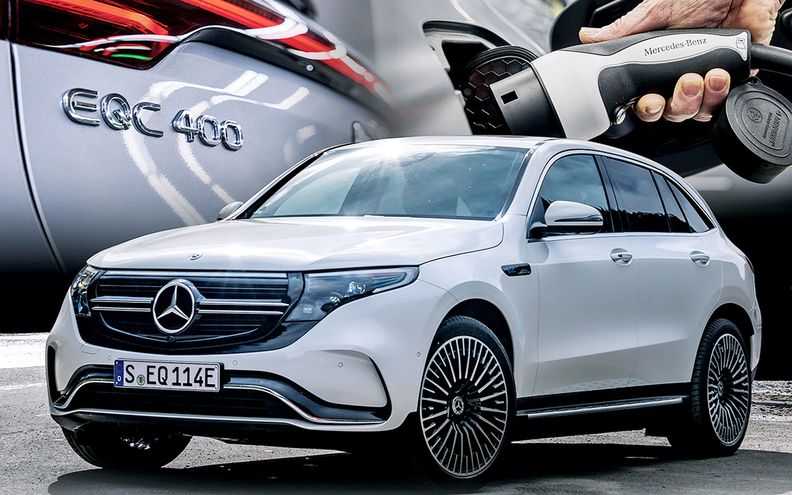


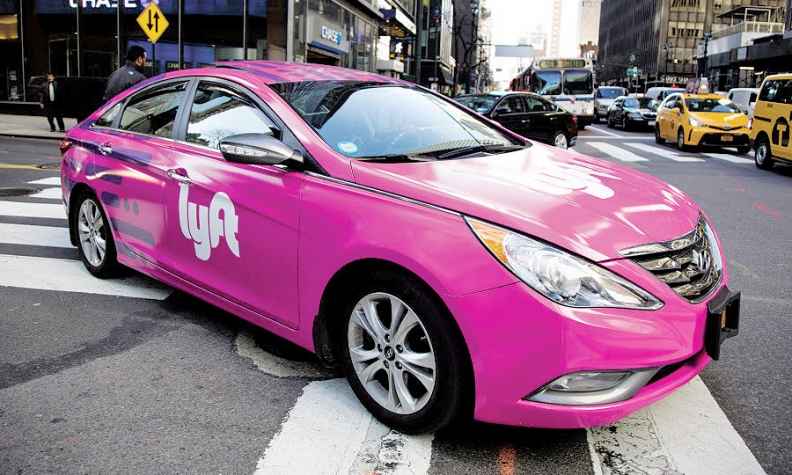
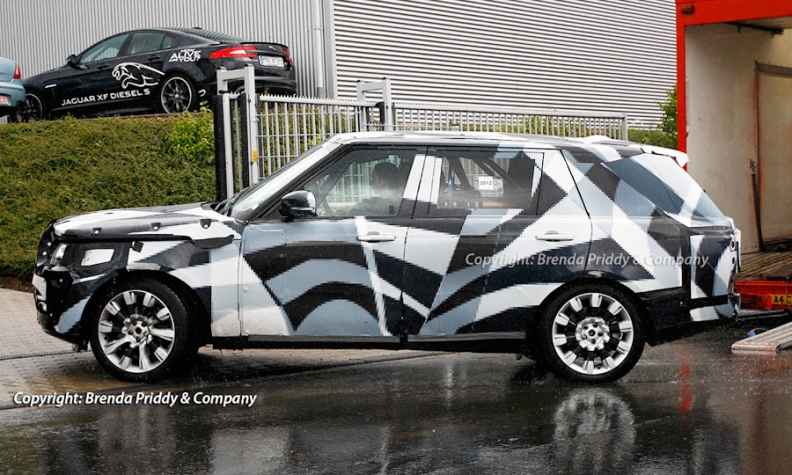
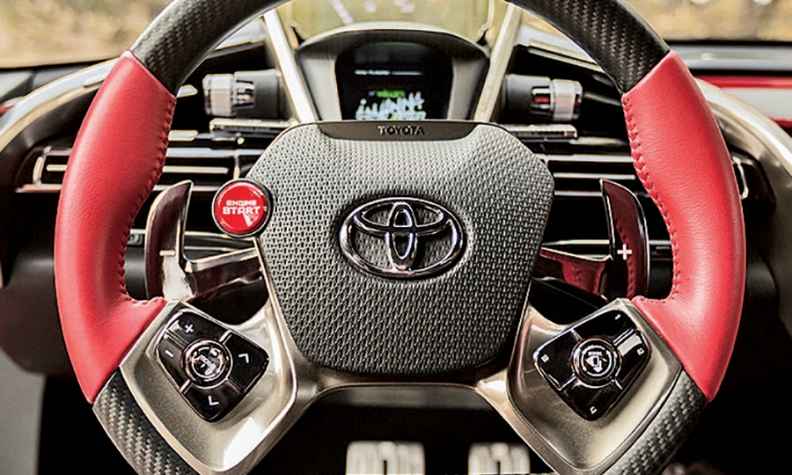

Post your comment